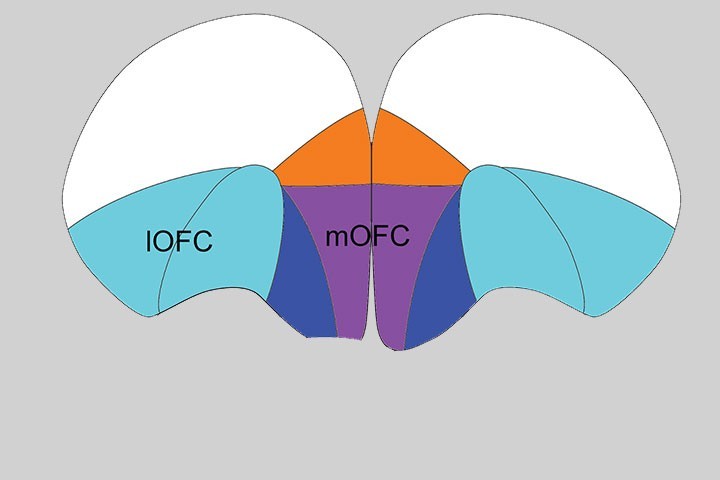
Shauna Parkes et al in Neurosci Biobehav Rev
Everyday activities require adaptive decision-making and control over our actions to achieve our goals. Sub-regions within the cortex are widely reported to regulate these choices. In this review, we describe rodent studies from two disparate fields of instrumental action control – goal-directed and habitual responding, and impulsive and compulsive behaviour.
Our aim was to compare findings across the spectrum, from precision associative learning to translational studies of action control. The evidence suggests that each cortical sub-region performs different roles depending on task requirements and, within tasks, clear dissociations exist between regions. Rather than synthesizing a single role or function for a given region, we should consider regions to be capable of many different functions. Further investigation of cortico-cortical connections and the pattern of input and output circuitry within each region may be needed to identify unique process-specific pathways.
Overall, despite differences in the scope and purpose of these two fields, integrating evidence across tasks provides a broader context for testing hypotheses about the role of cortical regions in adaptive actions and decision-making.
Highlights:
- Action control is measured by goal-directed learning and impulsive/compulsive behavioural tasks
- Cortical regions have been implicated in various aspects of adaptive choice in both fields.
- These subregions have diverse, dissociable and shared roles.
- Comparing function across fields aids assessment of cortical regulation in the broader decision-making context.


Reference
Prefrontal regulation of behavioural control: Evidence from learning theory and translational approaches in rodents.
Karly M Turner, Shauna L Parkes
Neurosci Biobehav Rev. 2020 Jul 21;S0149-7634(20)30471-1.
10.1016/j.neubiorev.2020.07.010
Contact
Team: Decision and Adaptation (INCIA)
Last update 29/07/20
